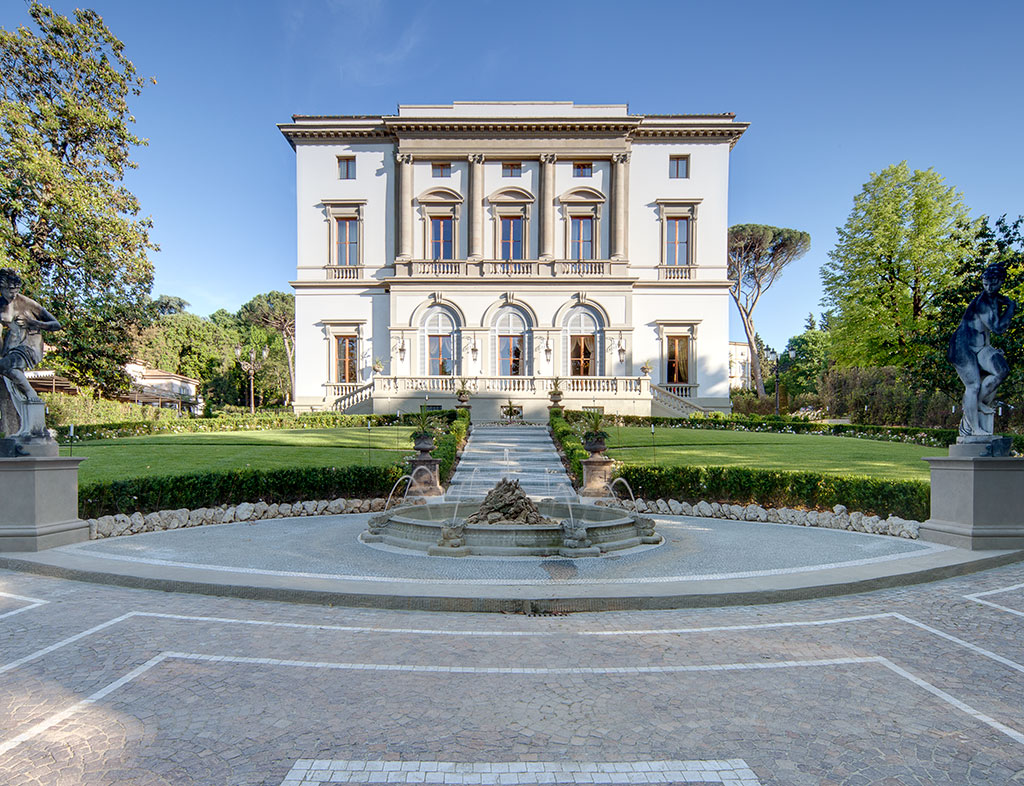At the centre of a historic park, on the hills of the Florentine suburbs, is the magnificent Grand Hotel Villa Cora. An aristocratic residence built at the close of the sixteenth century by Baron Oppenheim, the hotel offers an eclectic and often eccentric array of accommodation.
Villa Cora has long been the lodging-place of choice for the rich and famous, hosting Russian composer Tchaikovsky and Japanese Emperor Hirohito, among others. The main villa houses 30 suites and rooms, with the imperial suite dedicated to Princess Eugenia, wife of Napoleon III, and a former resident.
Away from the main house, the old stables have been transformed into Villino Eugenia, a charming guesthouse overlooking the Boboli Gardens. Finally, La Follie, with two rooms, sits on the edge of the park, offering total privacy.
Aside from the stunning rooms, Villa Cora boasts a marble-clad spa featuring a heated outdoor pool, tepidarium, sauna and hammam, as well as a range of massages and beauty treatments. The hotel also houses two restaurants. One is situated in the winter gardens and the other, a Middle Eastern themed affair with ajoining cigar room, is located in the cellars.
Book your stay or find out more here.
Florence Timeline
59BC
According to popular myth, Julius Caesar discovered the city as Florentia and made it into the official retirement location for his veteran soldiers.
1339
The city becomes the first in Europe to pave all of its streets. The old cobbles have since become an aesthetic trademark of the city.
1452
Leonardo da Vinci was born. His work and legacy came to epitomise the emergence of Florence as the birthplace of the European Renaissance.
1504
Michelangelo’s sculpture David was placed in front of the Palazzo della Signoria. It has since been moved indoors and replaced with a replica.
1944
German forces blew up all of the city’s bridges during a WW2 occupation, except Ponte Vecchio, which was deemed too beautiful to destroy.
1982
Declared a World Heritage site by UNESCO, thanks to the stunning constructions of the Medici era and a host of other historical and artistic remains.
2010
Forbes rated Florence among the most beautiful cities in the world, highlighting in particular its spacious and café-lined piazzas.





